Talent Management vs. Performance Management: What’s the Difference?
Extensis
NOVEMBER 9, 2023
Understanding their distinctions can help businesses align goals, implement targeted development programs, and unlock the full potential of their employees and organization. Companies today are increasingly recognizing that their most valuable assets are not just their products and services, but the people behind them.




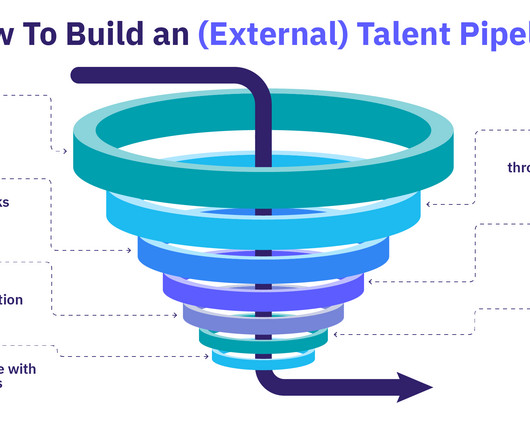


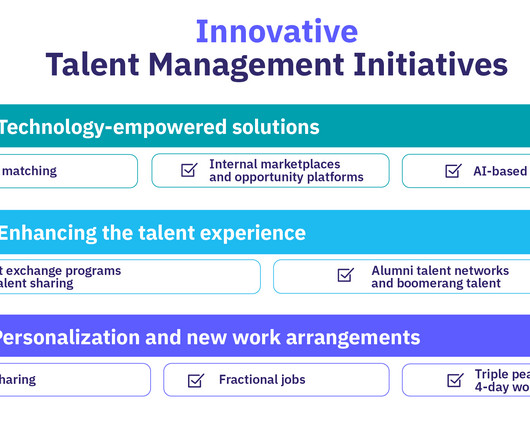





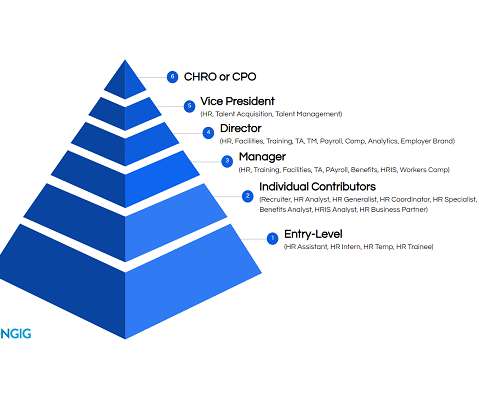





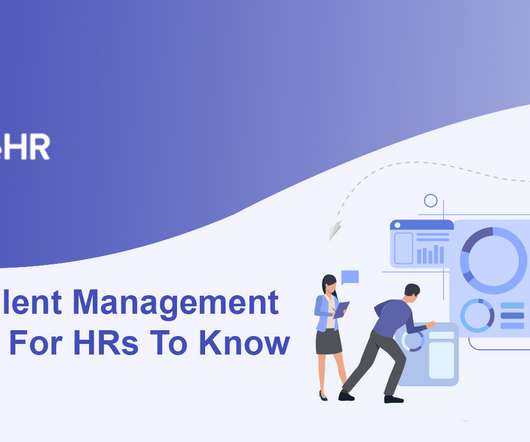
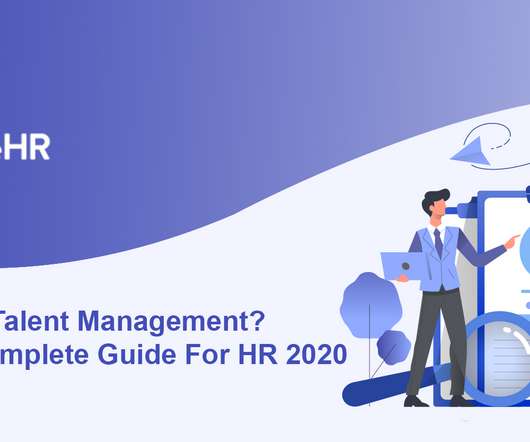










Let's personalize your content